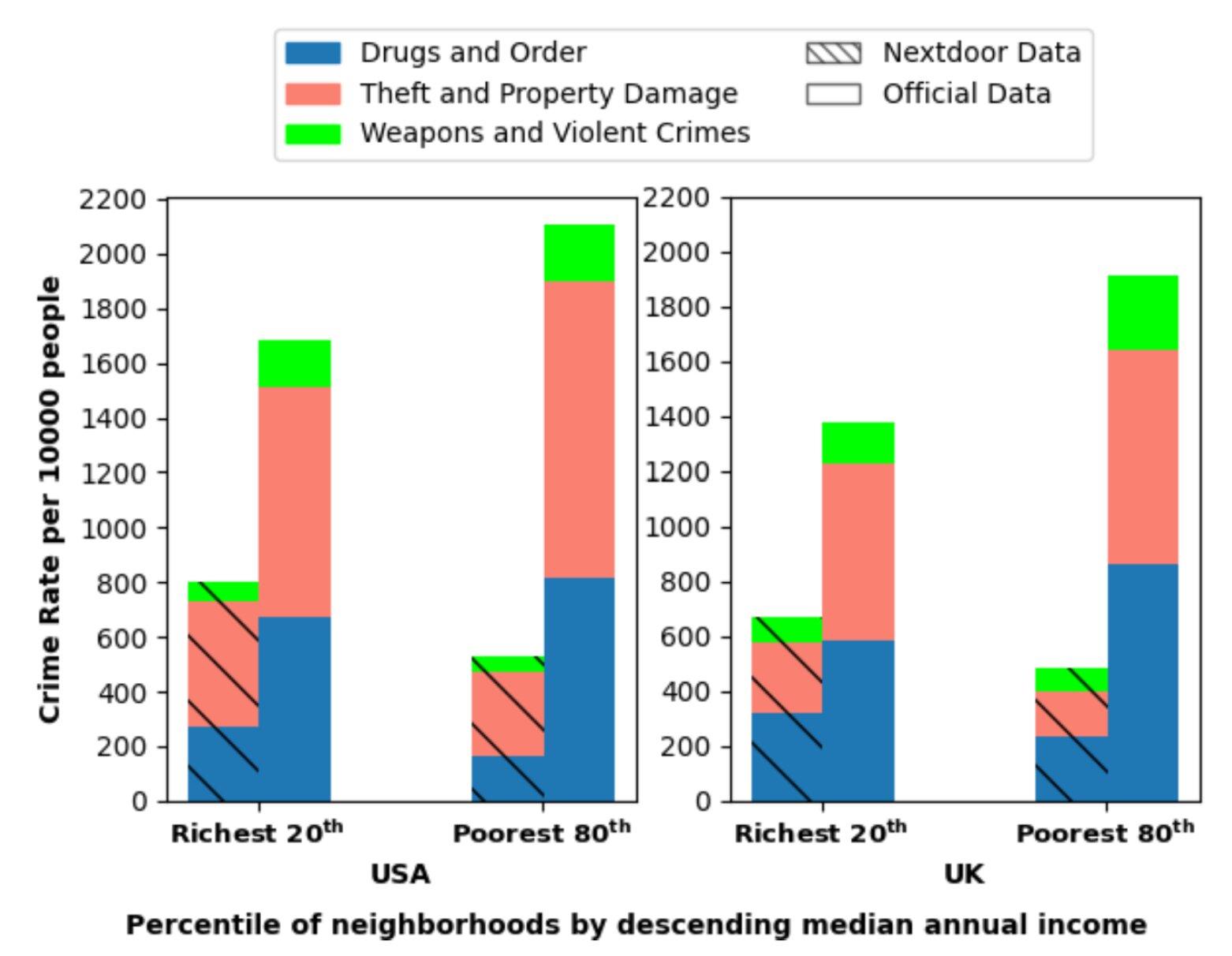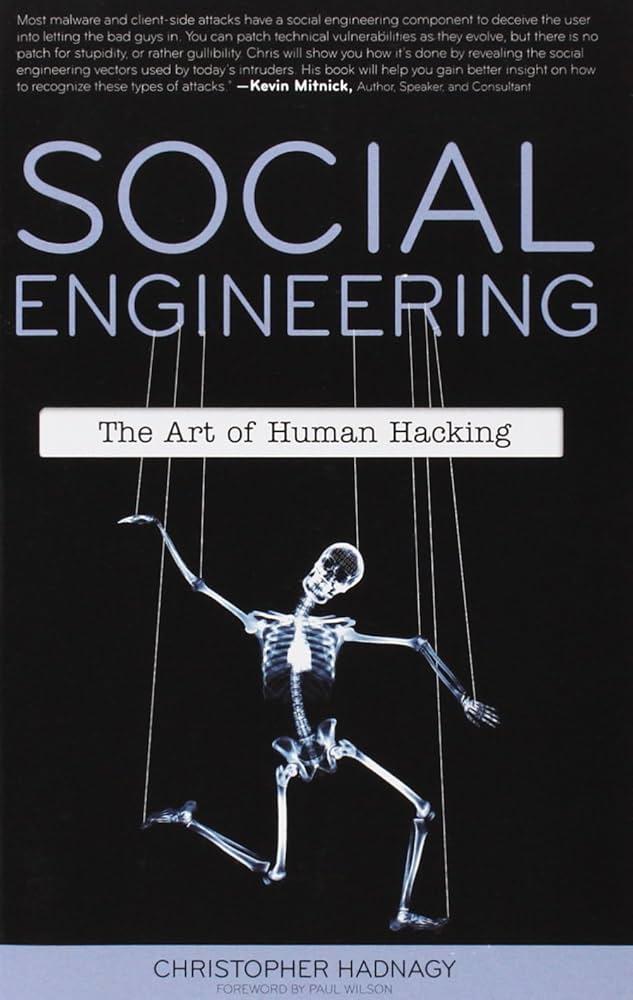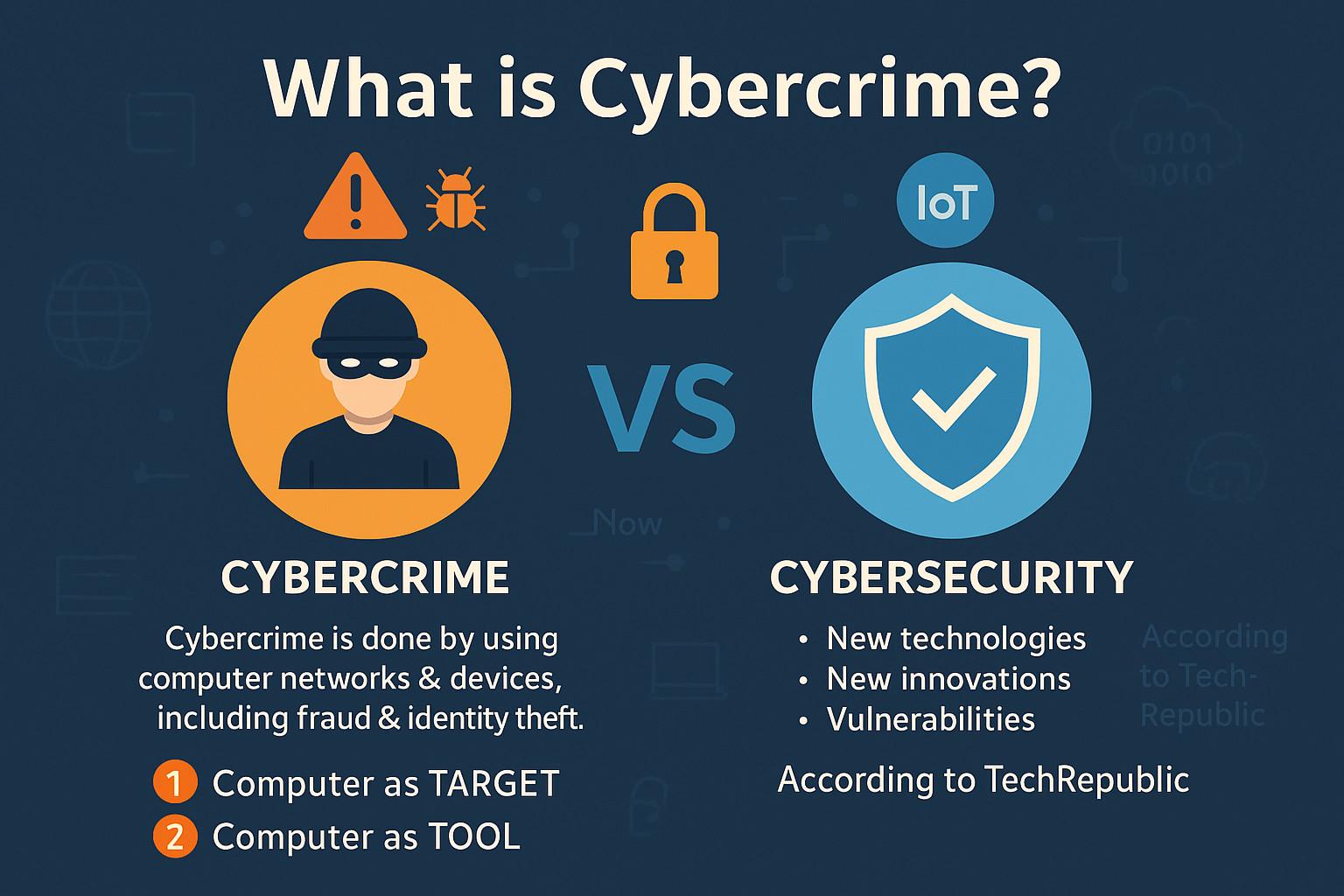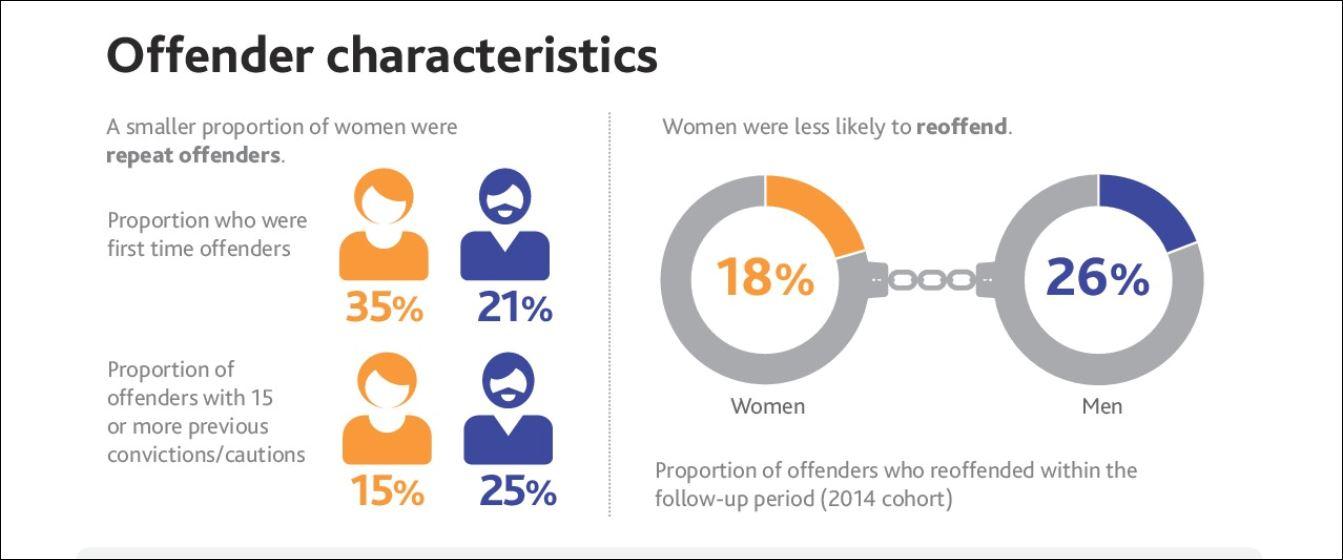In today’s hyper-connected world, social media has woven itself into nearly every aspect of our daily lives – from how we stay in touch with friends to how we consume news. But beyond the selfies and status updates, there’s a fascinating and sometimes unsettling shift happening in the landscape of crime. Have you ever wondered how platforms like Twitter, Instagram, or TikTok are influencing criminal behavior and law enforcement tactics? As social media continues to evolve, it’s reshaping crime trends in ways we couldn’t have imagined just a decade ago. Let’s dive into this intriguing intersection and explore how our online hangouts are changing the face of crime today.
Table of Contents
- Understanding the Role of Social Media in Modern Criminal Activity
- Exploring How Online Platforms Influence Crime Reporting and Investigation
- The Rise of Cybercrime and Digital Vigilantism in the Social Media Era
- Smart Strategies for Staying Safe and Protecting Privacy in a Connected World
- Final Thoughts
Understanding the Role of Social Media in Modern Criminal Activity
Social media platforms have become fertile ground for evolving criminal tactics, transforming the way illicit activities are both orchestrated and exposed. From cyberbullying and identity theft to more complex schemes like online fraud and ransomware attacks, the digital landscape offers criminals unprecedented reach and anonymity. The rapid pace at which information spreads allows perpetrators to exploit social networks for recruiting, sharing illicit content, or coordinating illegal events with alarming efficiency. The blurred boundaries between public and private spheres create unique challenges for law enforcement agencies striving to keep up.
Key ways social media alters crime trends include:
- Enabling real-time communication that accelerates the planning and execution of crimes.
- Facilitating the spread of misinformation and fake news, which can incite unrest or manipulate public opinion.
- Providing platforms for illicit marketplaces where goods and services are traded anonymously.
- Increasing the visibility of criminal activity, sometimes glamorizing or normalizing harmful behaviors.
Exploring How Online Platforms Influence Crime Reporting and Investigation
Online platforms have radically transformed the way crime is reported and investigated by facilitating immediate public access and engagement. Social media not only allows witnesses and victims to share real-time updates but also enables law enforcement agencies to crowdsource information rapidly. This shift has empowered communities to become active participants in crime prevention, offering tips and evidence that might have otherwise gone unnoticed. The viral nature of posts can drastically increase visibility, making it easier to spotlight issues ranging from petty thefts to large-scale criminal operations.
Key changes in crime reporting and investigation brought by digital platforms include:
- Enhanced transparency and accountability through public scrutiny
- Quicker dissemination of crime alerts and warnings
- Improved collaboration between citizens and law enforcement
- Risks of misinformation and false accusations spreading just as fast
While these platforms democratize crime reporting, they also challenge traditional investigative procedures and raise privacy concerns. The balance between leveraging crowdsourced insights and maintaining credible, fact-checked investigations continues to evolve, shaping the future landscape of public safety and justice.
The Rise of Cybercrime and Digital Vigilantism in the Social Media Era
In today’s hyper-connected world, the landscape of criminal activity has shifted dramatically, largely propelled by the ubiquitous presence of social media. Cybercriminals exploit platforms not just to commit fraud, identity theft, and phishing attacks, but also to manipulate social narratives and spread misinformation on an unprecedented scale. Social engineering has become a preferred tactic, where attackers craft believable stories or impersonations to deceive unsuspecting victims. Meanwhile, the rapid dissemination of personal information online has created new vulnerabilities, offering criminals a wealth of data for targeted exploits.
Conversely, the rise of digital vigilantism has emerged as a powerful, albeit controversial, social force. Online communities now rally to expose wrongdoers, sometimes circumventing traditional legal frameworks in pursuit of justice. This phenomenon manifests through:
- User-generated investigations and crowd-sourced evidence gathering
- Public shaming campaigns that can quickly escalate beyond control
- Activist-driven social movements that leverage viral content to effect change
While such actions can bring accountability, their unregulated nature poses risks of misinformation, wrongful accusations, and digital mob mentality-profoundly reshaping how society interacts with crime and justice in the digital age.
Smart Strategies for Staying Safe and Protecting Privacy in a Connected World
In today’s digital age, safeguarding your personal information requires more than just strong passwords. It’s about cultivating habits that make you less vulnerable in an interconnected world. Being aware of what you share, who you connect with, and how you manage your online presence can significantly reduce risks. Simple actions, like regularly updating privacy settings and avoiding over-sharing on social platforms, become powerful shields against identity theft, cyberstalking, and unauthorized data mining. Protecting your digital footprint is no longer an option-it’s a necessity for maintaining control over your own story.
Developing smart strategies means also embracing tools and practices that support anonymity and data security. Consider encrypting sensitive conversations, enabling two-factor authentication, and utilizing virtual private networks (VPNs) to mask your location. The digital landscape is evolving rapidly, and so are the threats lurking beneath its surface. Staying informed about new scams and emerging vulnerabilities can give you the upper hand, transforming vulnerability into vigilance. By learning to navigate this complex terrain thoughtfully, you are not just protecting data-you’re preserving your freedom to connect safely.
- Regularly audit your social media profiles for outdated or risky information.
- Customize privacy settings to control who sees your posts and personal data.
- Limit app permissions to the bare minimum required for functionality.
- Be cautious of unsolicited friend requests or messages from strangers.
Final Thoughts
As we continue to navigate the digital age, it’s clear that social media isn’t just shaping how we connect-it’s also reshaping the landscape of crime in ways we’re only beginning to understand. From new opportunities for offenders to innovative tools for law enforcement, the impact is complex and ever-evolving. What remains certain is that staying curious and informed about these changes will be key to tackling the challenges-and harnessing the potential-that social media brings to crime trends today. Who knows what the next wave of digital transformation will reveal? One thing’s for sure: the story is far from over.











